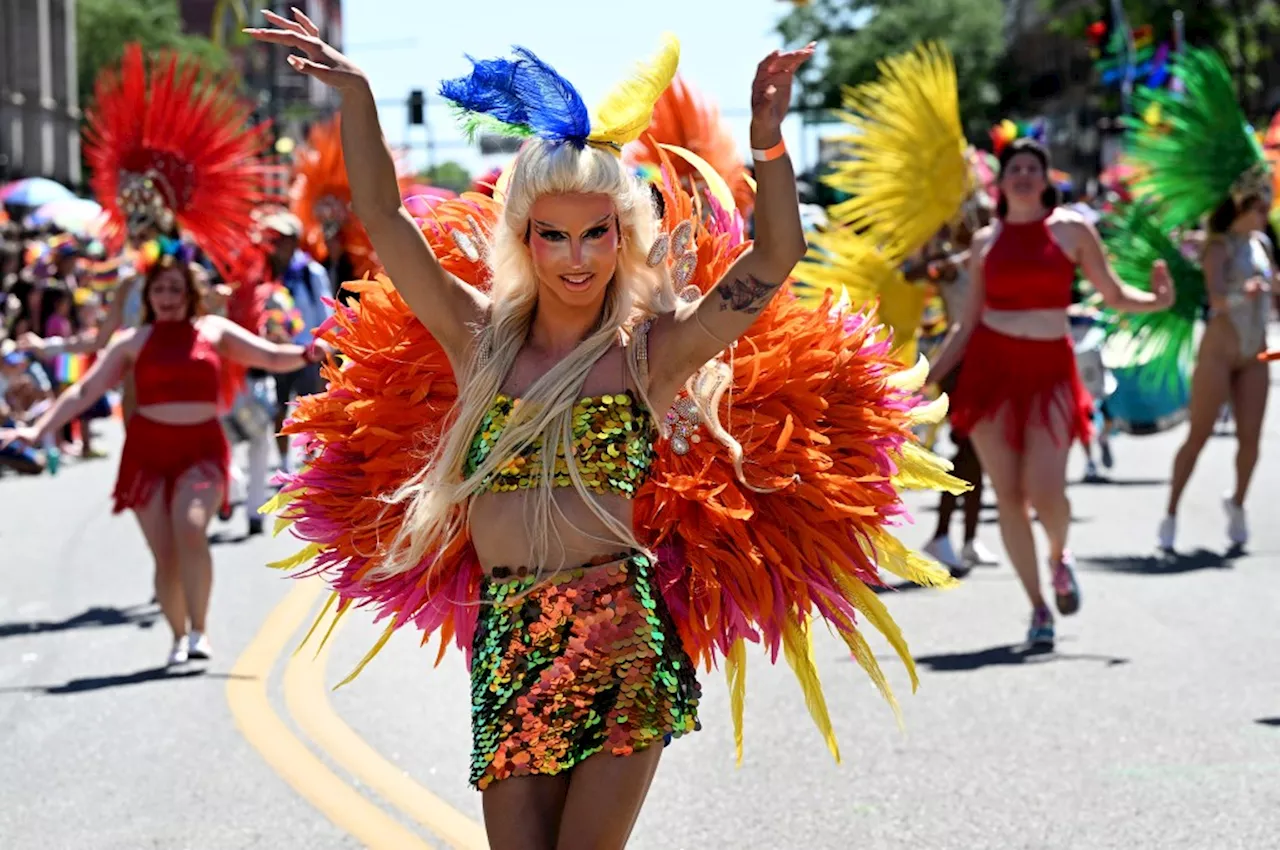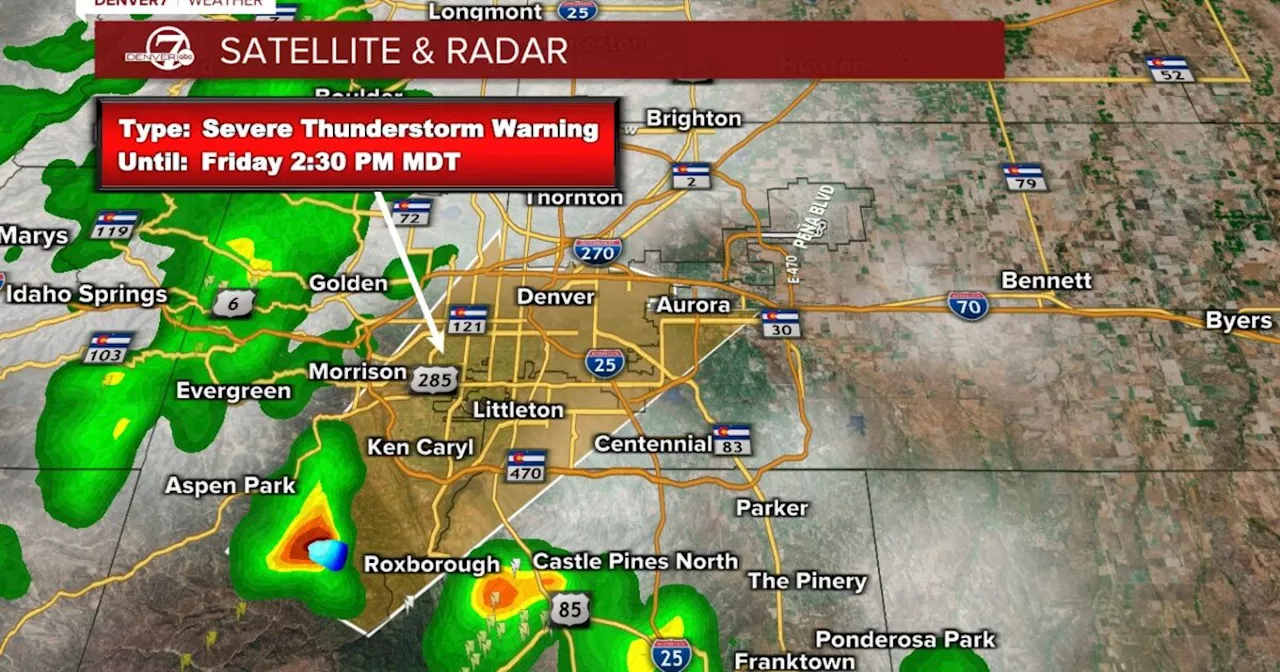Until 1973, it was illegal for same-sex couples to hold hands in public. Now, after decades of dedication, Denver PrideFest is ringing in its fiftieth anniversary as one of the largest celebrations in the country.
for a hundred miles through the desert repenting.are heading home again.E Pluribus Unum,
Once AIDS was named, that drove us all back into the closet — you didn't want to be seen in public. And so we really didn't go as youngsters, and then we felt like we were too old. We were the trolls,” Hanzon explains, laughing.Of course, Hanzon is hardly a troll, with his warm smile, long silver hair and violet shirt with matching shoes — an ensemble that indicates his artistry before he has a chance to tell you what he does. But his art speaks volumes.
Hanzon remembers that as he and the Center on Colfax’s then-director, Deborah Pollack, strolled around Cheesman Park after the shooting, she turned to him and made a solemn observation: “This morning, I had to understand that I may die today. And I’m okay with that."But the festival went on that year, undeterred by hatred that has been aimed at members of the LGBTQ+ community since before the community itself even formed.
And such experiences are why Pride came about. Police were cracking down on gay bars, arresting patrons for lewd behavior, as any same-sex display of affection was illegal, even holding hands. The Stonewall Uprising, which lasted for five days after Stormé DeLarverie fought back against a police officer on June 28, 1969, was a catalyst for the nationwide gay liberation movement.
Four discriminatory laws were repealed after the protest, but the GCD was just getting started. On the heels of its success, and seeing other Pride events popping up around the country to commemorate Stonewall, the group organized Denver’s first Pride on June 29, 1974. It was billed as the “Gay-In,” and about fifty people attended, each receiving balloons emblazoned with “Gay Pride,” according to, a new book by one of GCD’s first volunteers, Phil Nash.
The next year “was kind of a turning point," Nash recalls."The Pride celebration got much bigger because just before the celebration was the success of Anita Bryant’s Save Our Children campaign in Dade County, Florida.” He compares the community's reaction to that of COVID — people tried to rationalize it in strange ways. Was it from a bad batch of poppers? Were the religious nut-jobs right, and this was a reckoning? Was it even real?
The next year, the Center took on organizing Pride in its entirety. “It grew from a parade into a festival, and then a two-day festival,” Fuller says. “And it just kept growing for the last thirty-some years, and now it’s the biggest Pride event in the Rocky Mountain region.” “I remember being terrified. Because I was certainly an effervescent kid, for sure. I was raised in the mountains and I was the token hippie, so I was bullied a lot,” he continues. “I was very aware at an early age that I had to carry myself right, I had to walk right, I had to blend in. And there are parts of my family that are Evangelical, so I was definitely the black sheep and the shameful secret. ... There were a lot of other secrets, but those were good, Anglo-Christian secrets.
United States Latest News, United States Headlines
Similar News:You can also read news stories similar to this one that we have collected from other news sources.
 Denver PrideFest announces entertainment lineupMental health expert and psychologist Dr. Sheryl Ziegler joins us to discuss the significance of Pride month.
Denver PrideFest announces entertainment lineupMental health expert and psychologist Dr. Sheryl Ziegler joins us to discuss the significance of Pride month.
Read more »
 Your Ultimate Guide to Denver PrideFest This WeekendThe annual festival rings in its fiftieth anniversary this year.
Your Ultimate Guide to Denver PrideFest This WeekendThe annual festival rings in its fiftieth anniversary this year.
Read more »
 Denver PrideFest 2024: Free shows, the big parade, 5k and Civic Center festival guideThe main event runs Saturday, June 22, and Sunday, June 23, at Civic Center park in downtown Denver.
Denver PrideFest 2024: Free shows, the big parade, 5k and Civic Center festival guideThe main event runs Saturday, June 22, and Sunday, June 23, at Civic Center park in downtown Denver.
Read more »
 ‘Gayborhood market’ to showcase Colorado queer artists at PrideFestJason Gruenauer is a Denver7 anchor and reporter
‘Gayborhood market’ to showcase Colorado queer artists at PrideFestJason Gruenauer is a Denver7 anchor and reporter
Read more »
 Denver weather blog: Severe storms possible Friday across the Denver metroÓscar A. Contreras is a Murrow-nominated journalist who has been writing for the E.W. Scripps Company since January 2014.
Denver weather blog: Severe storms possible Friday across the Denver metroÓscar A. Contreras is a Murrow-nominated journalist who has been writing for the E.W. Scripps Company since January 2014.
Read more »
 Denver voters may be asked to increase city's sales tax to help Denver HealthBrandon Richard is a reporter for Denver7 in Denver, Colorado.
Denver voters may be asked to increase city's sales tax to help Denver HealthBrandon Richard is a reporter for Denver7 in Denver, Colorado.
Read more »
